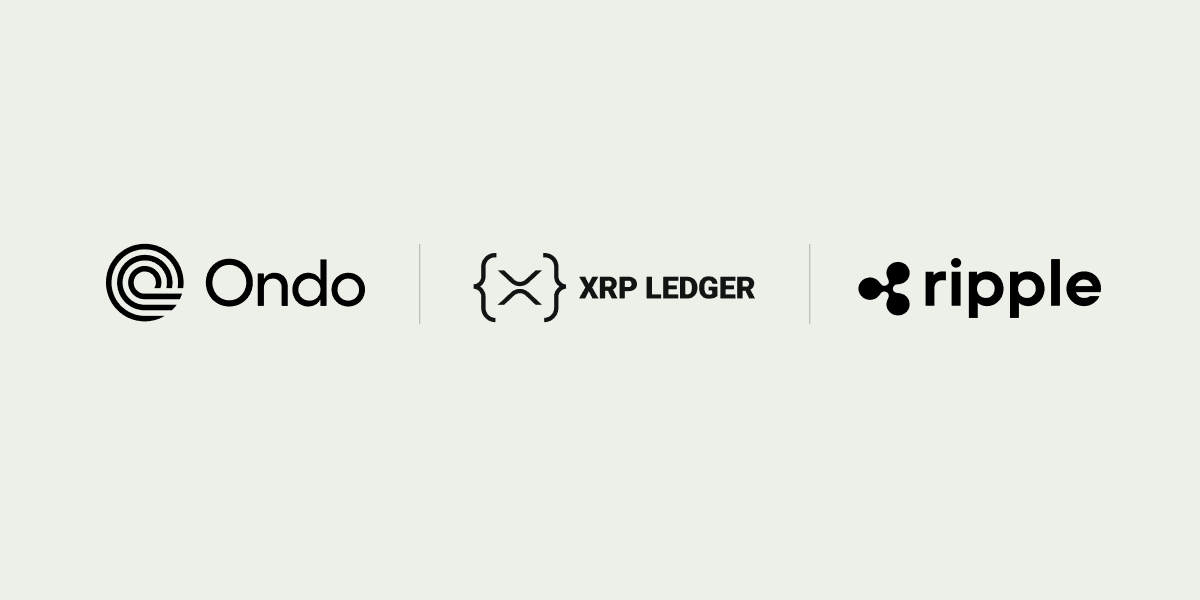As crypto continues to grow in popularity, builders in the industry are tasked with creating the foundation for the next wave of adoption, and ultimately, new use cases made possible via blockchain and crypto technology.
If we look back to the ‘90s and the early 2000s, the technical challenge at the time was figuring out how to run an “internet business.” But today, the technology is so ubiquitous and there are so many tools and services to make it simple and easy to use that nobody thinks about being an “internet company,” rather it’s table stakes in running a business in today’s world.
While there has been a lot of buzz and interesting use cases that have started to gain traction—from NFTs to tokenizing real-world assets to digital identity and zero-knowledge proofs—the one thing that hinders development for those who aren’t experts in the technology, is crypto’s usability.
Just as there are essential elements needed to run a business on the internet today—like storage, databases, analytics, security, compliance and more—there are core building blocks necessary to run an enterprise crypto business.
Imagine you are a NFT marketplace, or a Crypto ATM service. To run your business, you first need access to crypto liquidity and today that’s a heavy lift as customers are left managing multiple liquidity venues to source crypto, maintaining capital at those venues, and managing settlement. And that only solves for crypto liquidity! You still likely need other enterprise-grade solutions to manage custody, payments and compliance. These are hard, but largely undifferentiated, needs of most businesses looking to leverage crypto in their operations.
Ripple is building toward a future with that in mind – a one-stop shop with all the core capabilities for any enterprise looking to leverage crypto within their business and we’ll continue solving adjacent customer needs as the industry evolves.
Managing liquidity at scale
Liquidity is one of those key components that make crypto possible — it underpins every element of crypto, and by extension, Ripple’s business as well as any other company that is interested in leveraging the power of crypto solutions for business.
At a basic level, managing liquidity means value is available at the right time, for the right cost, at the right place to meet customers’ needs. What sounds straightforward and simple is actually very complex due to a variety of factors: unpredictability, asset volatility (value can change rapidly), and fragmentation (across assets, venues and connections).
Compare this with an e-commerce business like Amazon, for example. On the customer side, you’re providing the illusion of an on-demand and infinite supply of goods. But under the hood, it requires extensive working capital, labor, and seamless ongoing management of changing inventory levels. Accomplishing all of this at scale while simultaneously growing a sustainable business is not only difficult but nearly impossible to do manually once the business reaches a certain size. If it’s not done well, this leads to high costs, a poor customer experience, and low availability.
Liquidity Hub was developed to solve a core internal problem in Ripple’s payments solution. As we continued to see more growth and scale of our solution, managing liquidity efficiently across geographies became more complex. We realized we needed to build the knowledge and expertise to source and manage liquidity on demand to support our payments customers’ flows, and later saw that there was an opportunity to externalize this service for others that need a digital asset platform to access and manage crypto liquidity to meet the needs of their customers.
Ultimately, it’s about adopting crypto to simplify their business operations, whether its being offered directly as a core part of their business – like an NFT marketplace, a crypto ATM, a point-of-sale merchant – or those who are using it to unlock a better, faster and more efficient payments experience like Ripple does for our payments customers.
What’s new with Liquidity Hub?
Since we first launched Liquidity Hub, we’re continuing to see momentum as customers turn to Ripple to source crypto on demand for a variety of business needs. As we continue to grow and scale, we’re continuously looking to add new features and functionality, combining the capabilities we’ve already built in-house, with the needs of our customers:
Availability in new regions: In addition to the availability in certain states in the U.S., we are now opening up Liquidity Hub availability in Brazil and Australia.
Support for new assets: Since launch, we’ve added support for stablecoins, specifically USDC and USDT and will continue to add additional assets in a compliant manner to meet the demands of our enterprise customers.
New features: We’ve added new features to streamline operations, including additional trading UI features and improved SLAs for crypto deposit processing. This greatly improves the customer experience for a variety of customer segments including NFT marketplaces, crypto ATMs, and brokers.
We’re excited about a number of new features coming soon, including a sandbox environment and added functionality to continue improving the experience for our customers.
On-ramps and off-ramps are critical to crypto liquidity
A key component of crypto liquidity is easy on- and off-ramps that enable value to move from fiat to crypto and vice versa. Events like the banking crisis which happened earlier this year underscore the importance of this infrastructure for the whole industry.
At one point in time, you could count on a single hand the available venues that enabled on- and off-ramps. Today, the different venues for moving in and out of crypto are continuing to grow with more than 600 crypto exchanges worldwide, but enterprise-grade off-ramps out of crypto are still few and far between. Everyone from major money transfer companies and card networks to global crypto exchanges is taking advantage of tokenization to address this first hurdle.
Similarly, Ripple has spent years creating a robust global network of on- and off-ramps via Ripple Payments. Today, we have payout capabilities in 70 countries, representing more than 90% of the daily FX market.
In the future, Liquidity Hub will tap into the power of Ripple’s global network combining the power of crypto liquidity and access to global markets.







